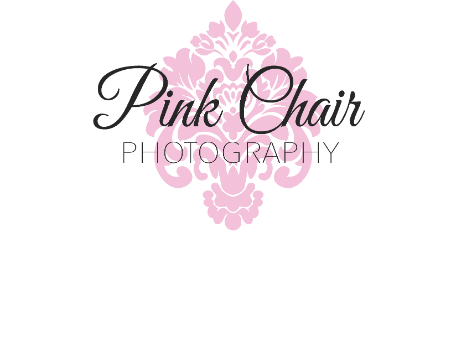Choosing photography as a livelihood over a hobby transforms a passion into a profession. It entails the commitment to consistently produce high-quality work, as the livelihood of the photographer depends on it. Professionals must invest in top-notch equipment, stay updated with industry trends, and continually refine their skills to meet client expectations.
Moreover, the life of a professional photographer involves business acumen, including marketing, client relationship management, and financial stability. Building a strong portfolio and reputation becomes essential for attracting clients and securing projects, and the ability to manage the business side of photography is as crucial as artistic talent- something many hobbyists don't take into account when considering transitioning into a professional role.
While hobbyist photographers have the flexibility to shoot at their leisure, professionals adhere to tight schedules and deadlines. They must be adaptable, often working in various settings and conditions to deliver exceptional results. Ultimately, being a full-time professional photographer is about turning a passion into a sustainable career that provides both artistic fulfillment and financial stability.
Financial stability depends on a proper cost of doing business calculation. Certainly, for a photographer, the "cost of doing business" (CODB) specifically pertains to the expenses associated with running a photography business. Here are some key elements that contribute to a photographer's CODB:
1. **Equipment Costs:** Expenses related to cameras, lenses, lighting equipment, tripods, and other photography gear, including maintenance and upgrades.
2. **Studio or Workspace:** Rent or mortgage payments for studio space, if applicable.
3. **Insurance:** Coverage for equipment, liability, and professional indemnity insurance to protect against unforeseen events or accidents.
4. **Transportation:** Costs for travel to and from photoshoot locations, vehicle maintenance, and fuel.
5. **Marketing and Advertising:** Expenses for creating and maintaining a website, online advertising, print materials, and promotional efforts.
6. **Photography Software and Editing Tools:** Fees for software licenses, post-processing tools, and cloud storage for image files.
7. **Professional Memberships and Associations:** Dues for memberships in photography organizations or associations.
8. **Office Expenses:** Costs for office supplies, phone service, internet, and utilities if working from a home office.
9. **Permits and Licenses:** Fees associated with obtaining necessary permits or licenses for specific photoshoots or locations.
10. **Taxes:** Income taxes, self-employment taxes, and any local business taxes that apply.
11. **Assistant or Second Shooter Fees:** If hiring additional personnel for larger projects.
12. **Marketing Materials:** Expenses for business cards, brochures, and other promotional materials.
13. **Your Paycheck** Your annual expectation for take-home pay after all expenses have been met. An arbitrary number might be $40,000.
To calculate a photographer's CODB, you would tally all these expenses over a defined period, usually a year. Finally, divide that amount by the number of sessions you plan to do within that year. Accurate record-keeping is essential for tracking these costs effectively. Once you have the total CODB, it helps in determining pricing for your photography services, setting revenue targets, and assessing the financial viability of your photography business. It ensures that you charge appropriately to cover your expenses and generate a profit.
While it is an amazing adventure to transition from hobbyist to full-time professional, it does require a great deal of thought and preparation not only to develop your skills as a photographer but your ability to run a business which accounts for more of your time than actually creating images.


0 Comments